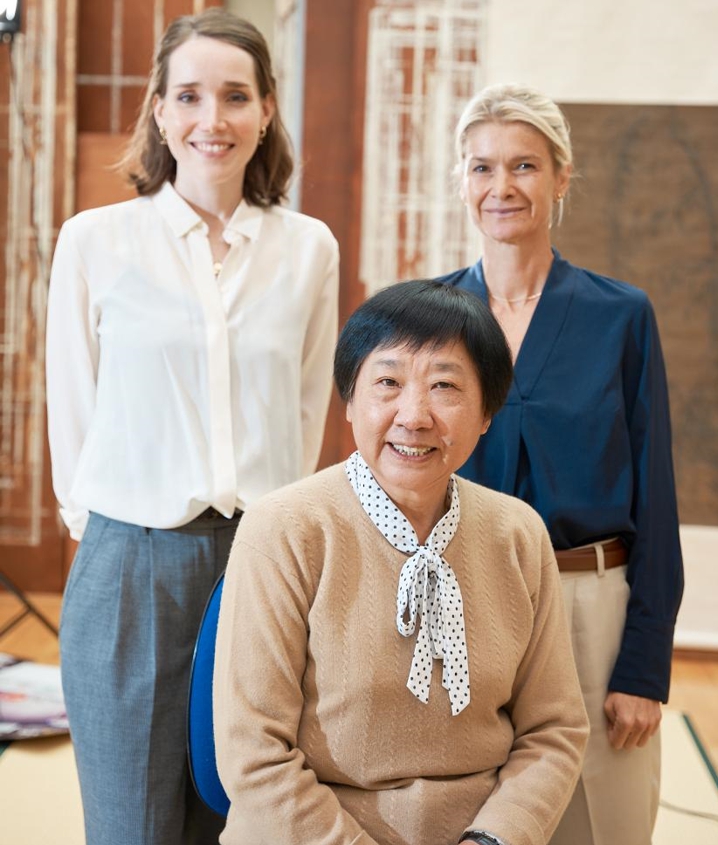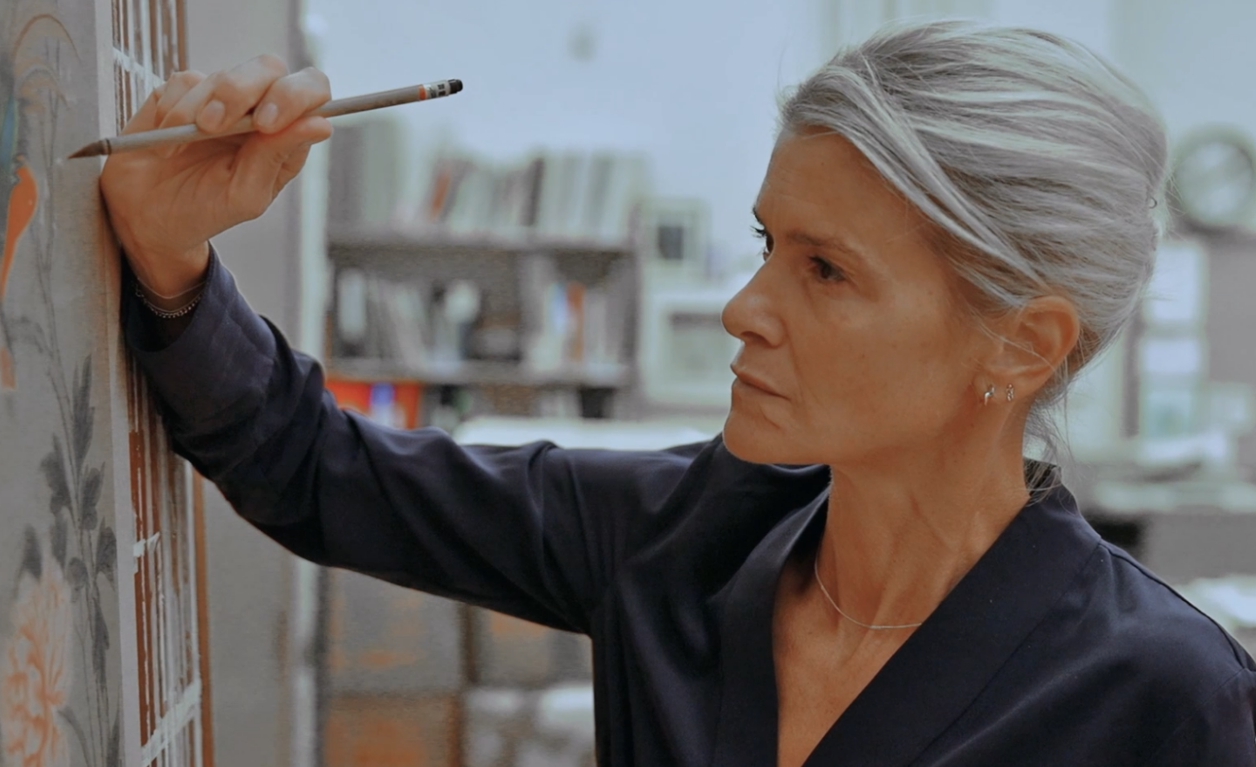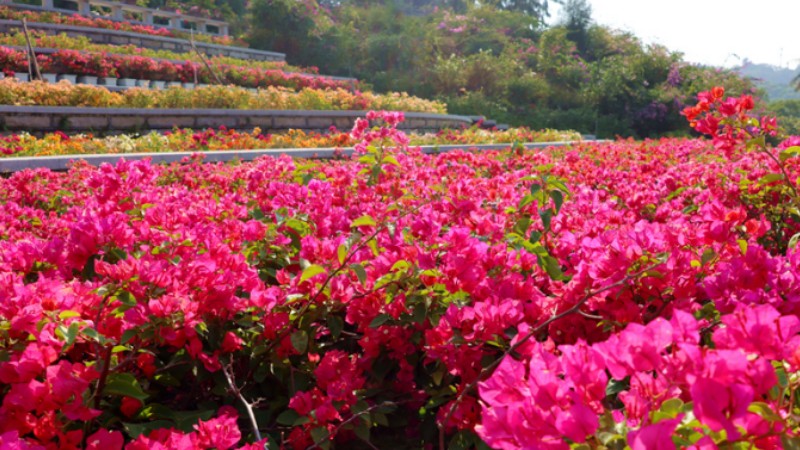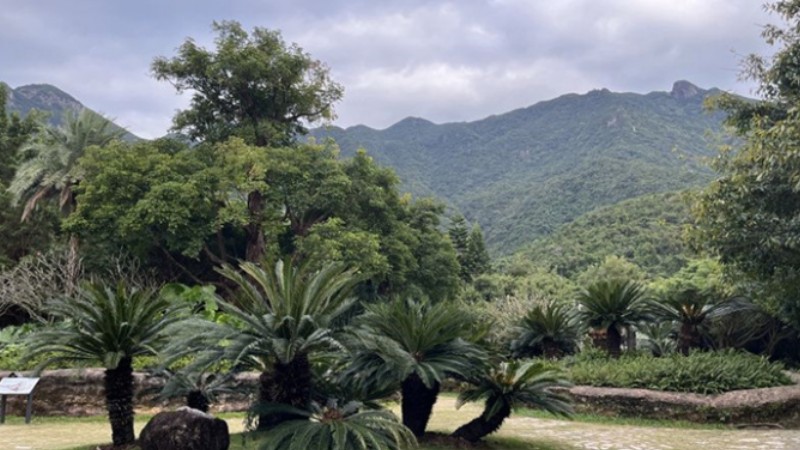The British Museum's remarkable conservators of Eastern art: The legacy of Chinese ancient art restoration techniques
The "Admonitions Scroll," a Tang Dynasty replica of an original work by Eastern Jin Dynasty artist Gu Kaizhi, represents a pivotal moment in Chinese history. Considered the world's earliest surviving Chinese silk painting, this "revealing masterpiece" of Chinese art history is now housed in the British Museum. Qiu Jin Xian, the first Chinese female conservator at the museum, restored the painting. She pioneered the introduction of Chinese painting and mounting techniques to Europe. Since the 1980s, she has been dedicated to conserving ancient Chinese paintings at the British Museum.
The Hirayama Studio in the British Museum's Conservation Department, established in 1994, is where Qiu, with her students and colleagues, applies traditional Chinese techniques to restore Eastern paintings and calligraphy in the museum's collection. Over the years, they have successfully restored hundreds of ancient Chinese paintings, with roughly half of them originating from various Chinese dynasties and the other half from the Dunhuang Mogao Caves in China.

From left to right: Carol Weiss, Qiu Jin Xian and Valentina Marabini. (Photo/Levente Koroes)
For over three decades, Qiu has mentored four international students, with Valentina Marabini and Carol Weiss being her longest-serving protégés at the British Museum. Marabini's passion for Far Eastern art began during her childhood and led her to train in conservatorship at the Louvre Museum in Paris. Weiss, influenced by her Central European bookbinder grandfather, developed an early interest in protecting paper artifacts, a passion that grew during her university years. Both continue to safeguard Chinese treasures at the British Museum.
In an interview with People’s Daily Online, Marabini and Weiss discussed their explorations into ancient Chinese art, shared their journeys of delving into Chinese culture, and shed light on their daily work and lives dealing with various artifacts. Their words underscore the profound reverence that conservators hold for the artifacts they work with.
Entering the world of Chinese art conservation
For Marabini and Weiss, who grew up in Western environments, Eastern culture seemed mysterious and distant. Choosing careers in the restoration and preservation of Chinese cultural artifacts was challenging. However, in the interview, Marabini shared her lifelong dream of working closely with scrolls and Asian paintings. She noted that before joining the British Museum, she had limited exposure to Chinese art, even during her studies in artifact conservation in Italy.
The arrival of Qiu marked the beginning of Marabini's in-depth journey into the study of Asian preservation techniques. Due to the significant cultural differences between the East and the West, Marabini initially struggled to grasp Chinese restoration methods. Qiu's patient teaching and hands-on guidance, coupled with daily training, gradually improved her work.
Qiu also stressed the importance of understanding Chinese history and language. Marabini learned at the Hirayama Studio that restoring ancient Chinese paintings involves the use of original materials and techniques passed down through generations. Deep knowledge of Chinese artifacts' culture and history, and respect for Chinese traditions in preservation, is crucial. After years of study, Marabini became well-versed in Chinese art and culture and could even communicate in simple Chinese. She stated, "When restoring these artifacts, it is essential to maintain all their characteristics and craftsmanship. This is why, as a new generation of cultural heritage conservators, we bear the responsibility of continuing this tradition."
Discussing the work of mounting and restoring Chinese scrolls, Weiss described the significant differences between Eastern and Western methods. Western restoration focuses on minimal interference, primarily oriented towards stabilization. However, an interventionist approach is necessary to mount Chinese scrolls. This necessitates intensive training and substantial experience for mounting specialists to ensure the safety and effectiveness of this method.

Valentina Marabini. (Photo/Geng Pan)
Deepening cross-cultural understanding
Non-Chinese individuals studying the restoration of Chinese cultural artifacts can greatly enhance cross-cultural understanding and appreciation between the East and the West. In 2014, under Qiu's guidance and with the collaborative efforts of Marabini and Weiss, the restoration of "The Admonitions Scroll" was completed and reintroduced to the public. This significant large-scale secondary restoration project showcased the power of international cooperation. Before unveiling the masterpiece, the studio organized a symposium, bringing together experts and scroll restorers from China and globally to explore various restoration possibilities and discuss different approaches to handling these paintings.

Carol Weiss. (Photo/Geng Pan)
Weiss believes engaging in open exchanges and diverse dialogues about different restoration methods has helped her understand the culture fully. This approach has enabled her to appreciate the value of each method and determine the best restoration approach for each painting, ensuring each piece's optimal presentation. Marabini also emphasized the importance of maintaining relationships with many Asian institutions and other foreign museums of Asian art. She believes that finding solutions for future protection through collaboration, brainstorming, meetings, and talent gathering is necessary and effective for strengthening the protection of Chinese cultural artifacts.
Based on a collaboration between the British Museum and the Shanghai Museum, Marabini and Weiss had the opportunity to work in China. There, they immersed themselves in Chinese culture and life, enhancing their language skills and understanding. They also received guidance from Chinese restoration experts and learned more about ancient Chinese painting and calligraphy mounting techniques. Their overseas experience deepened their appreciation for preserving the authenticity and principles of Chinese art.
They hope that in the future, Chinese painting and calligraphy restorers, both in China and abroad, can continue to ensure the authenticity of restoration methods, adhering to the principles behind them and maintaining the highest standards of preservation. This, they believe, will continue to guide the fields of cultural heritage protection and restoration.
(Web editor: Hongyu, Wu Chengliang)












